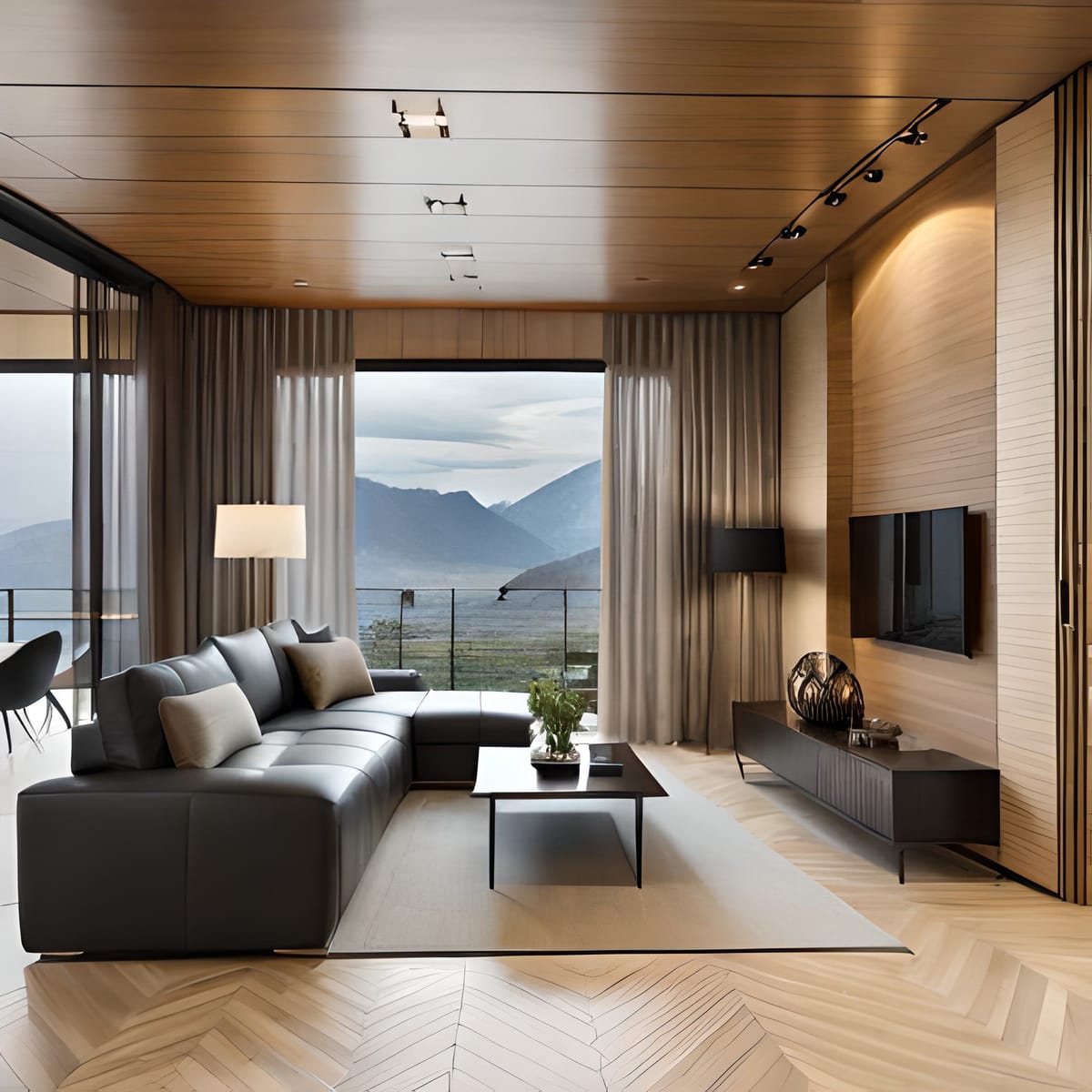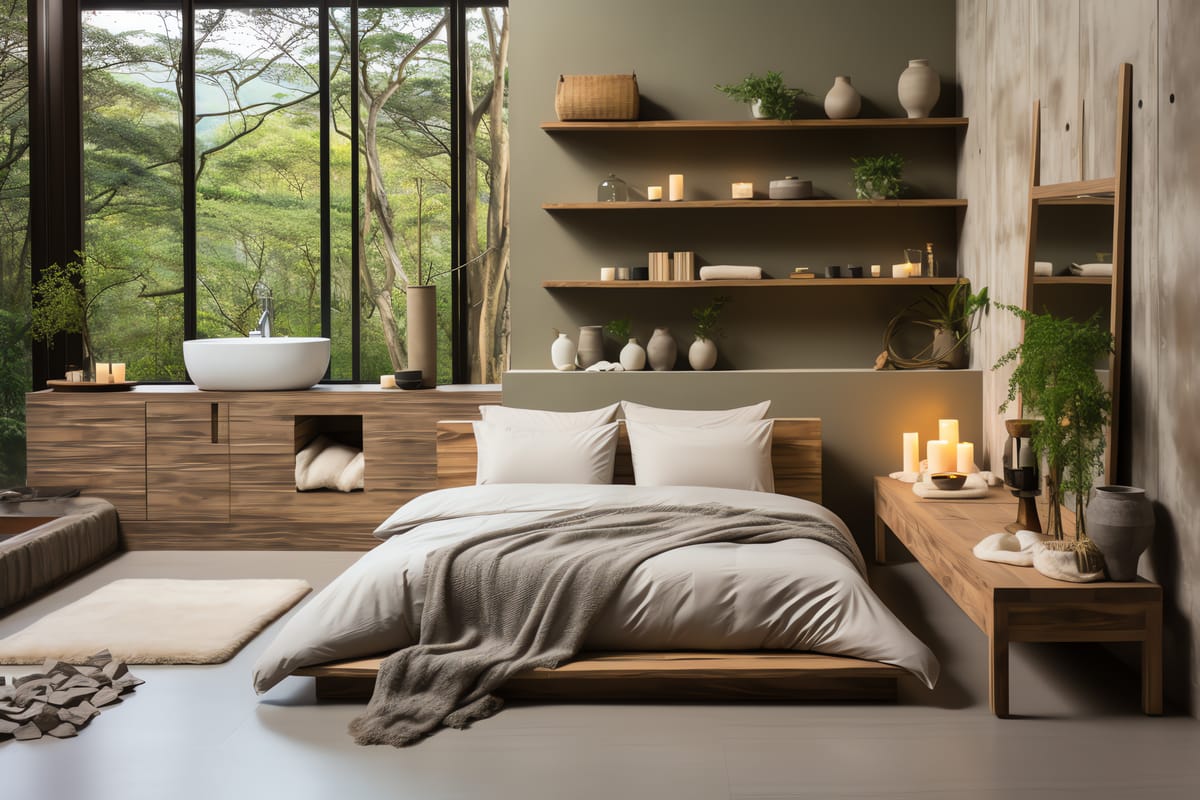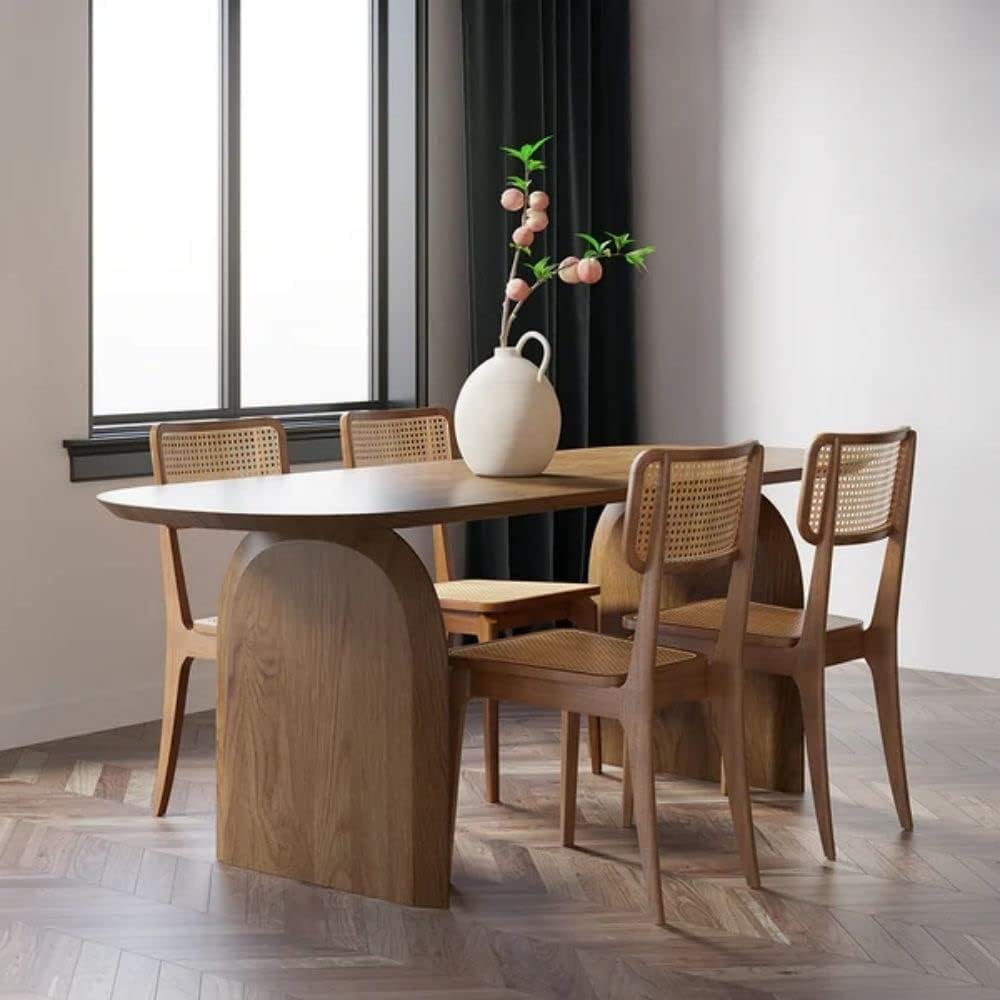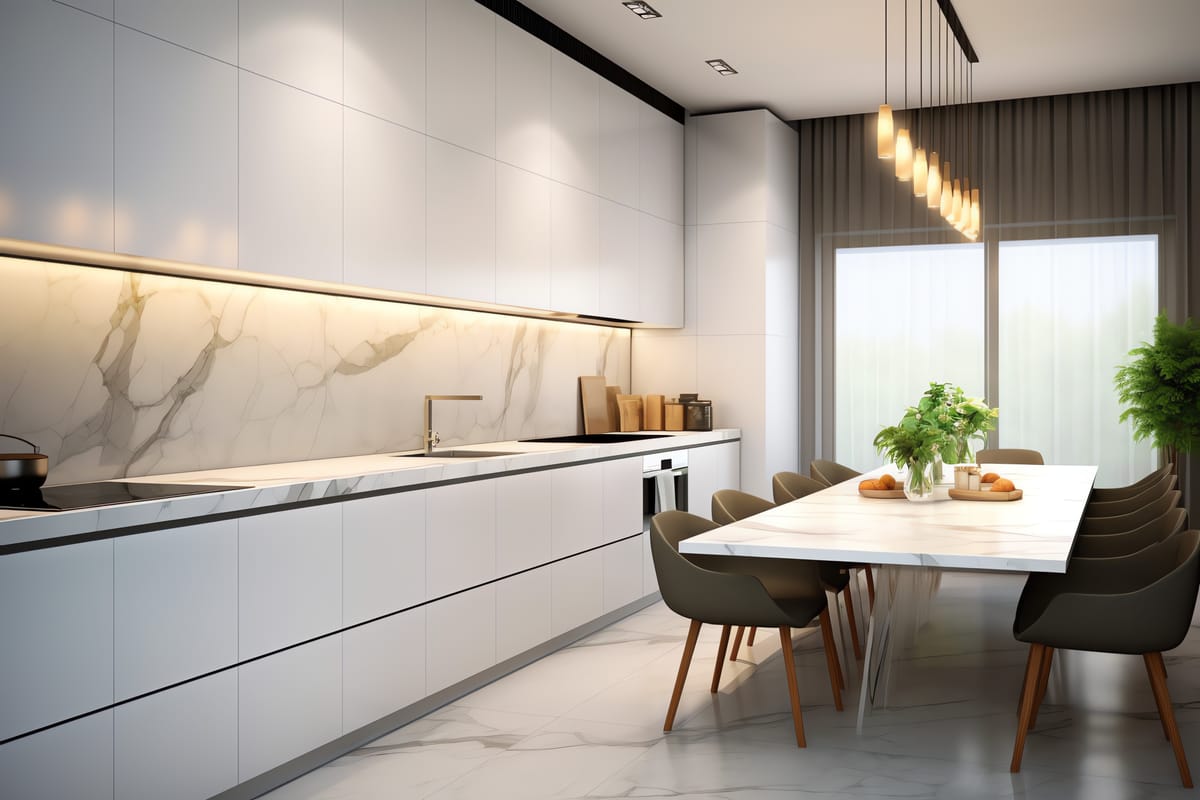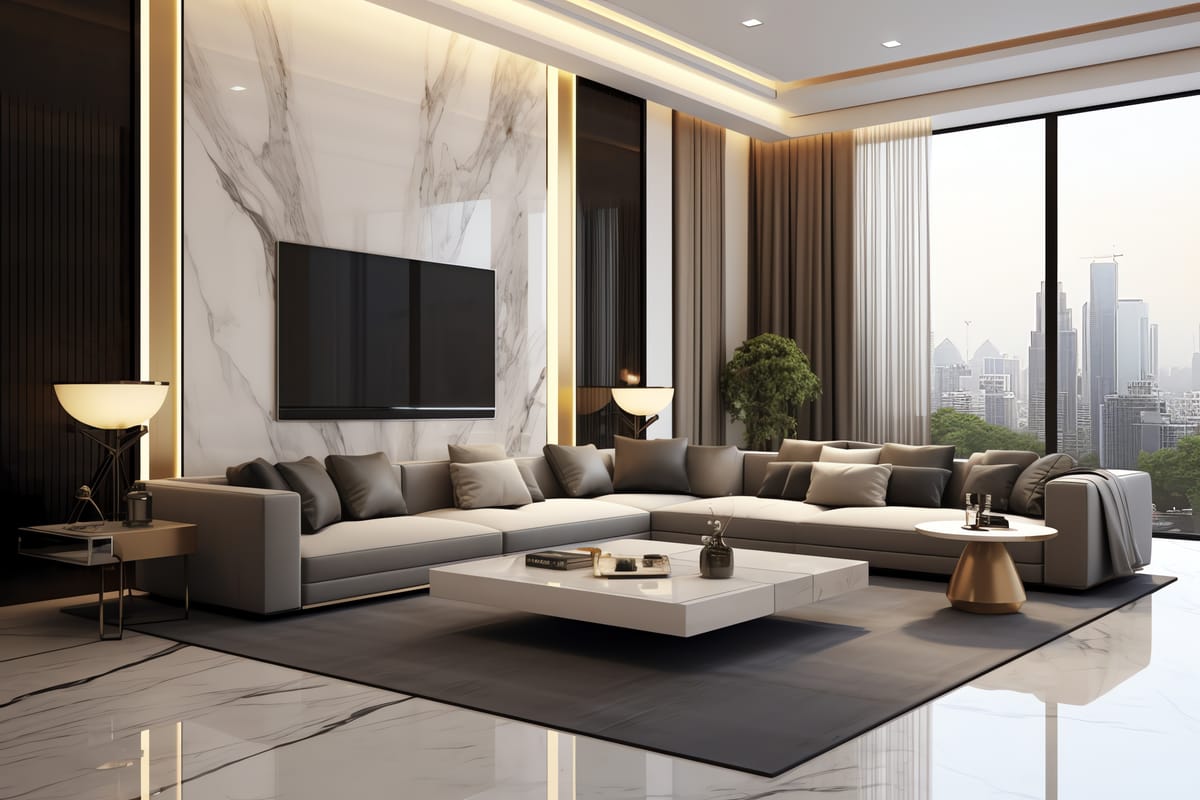Key Takeaways:
- Japandi living room design is a harmonious blend of Japanese minimalism and Scandinavian functionality.
- Incorporating natural elements, neutral tones, and clean lines is key to achieving the Japandi aesthetic.
- Japandi interiors promote a sense of tranquility and simplicity, making them ideal for creating a serene living space.
Japandi living room design is a trend that has been capturing the hearts of interior enthusiasts around the world. This unique style is a fusion of Japanese and Scandinavian design principles, creating spaces that are both aesthetically pleasing and highly functional. The Japandi style emphasizes simplicity, natural elements, and a connection to nature, all of which contribute to a serene and inviting living room environment.
The Essence of Japandi Style
At its core, the Japandi style is about finding the perfect balance between the minimalist beauty of Japanese design and the cozy warmth of Scandinavian interiors. This blend results in living rooms that are clean and uncluttered yet comfortable and welcoming. The use of natural light, muted colors, and natural materials like wood and stone are hallmarks of Japandi living rooms.
Natural Elements and Neutral Tones
In a Japandi living room, the use of various natural materials is not just a design choice but a philosophy. Materials such as solid wood, bamboo, linen, and stone are commonly used to create a connection with nature. These materials are complemented by neutral tones and earthy colors, which help to foster a calm and peaceful atmosphere.
Clean Lines and Minimalist Style
The minimalist style of Japanese interiors, with its focus on clean lines and the elimination of unnecessary elements, is a key component of Japandi living rooms. Furniture is often low to the ground, reflecting Japanese traditions, and is chosen for both its functionality and its simple beauty. This minimalist approach ensures that every piece in the room has a purpose and contributes to the overall aesthetic.
The Role of Natural Light
Large windows are a signature feature of Japandi living rooms, allowing for an abundance of natural light to flood the space. This emphasis on lighting helps to create a bright and airy atmosphere, which is a fundamental aspect of Scandinavian design principles. The interplay of light and shadow adds depth and texture to the room, enhancing the natural materials used throughout the space.
Incorporating Japanese Wabi-Sabi
The Japanese concept of wabi-sabi, which finds beauty in imperfection and transience, is often incorporated into Japandi interiors. This can be seen in the selection of handcrafted items or furniture with a rustic, lived-in feel. These pieces add character and depth to the living room, serving as a reminder of the beauty of imperfection.
Japandi Interior Design: Merging Function with Aesthetics
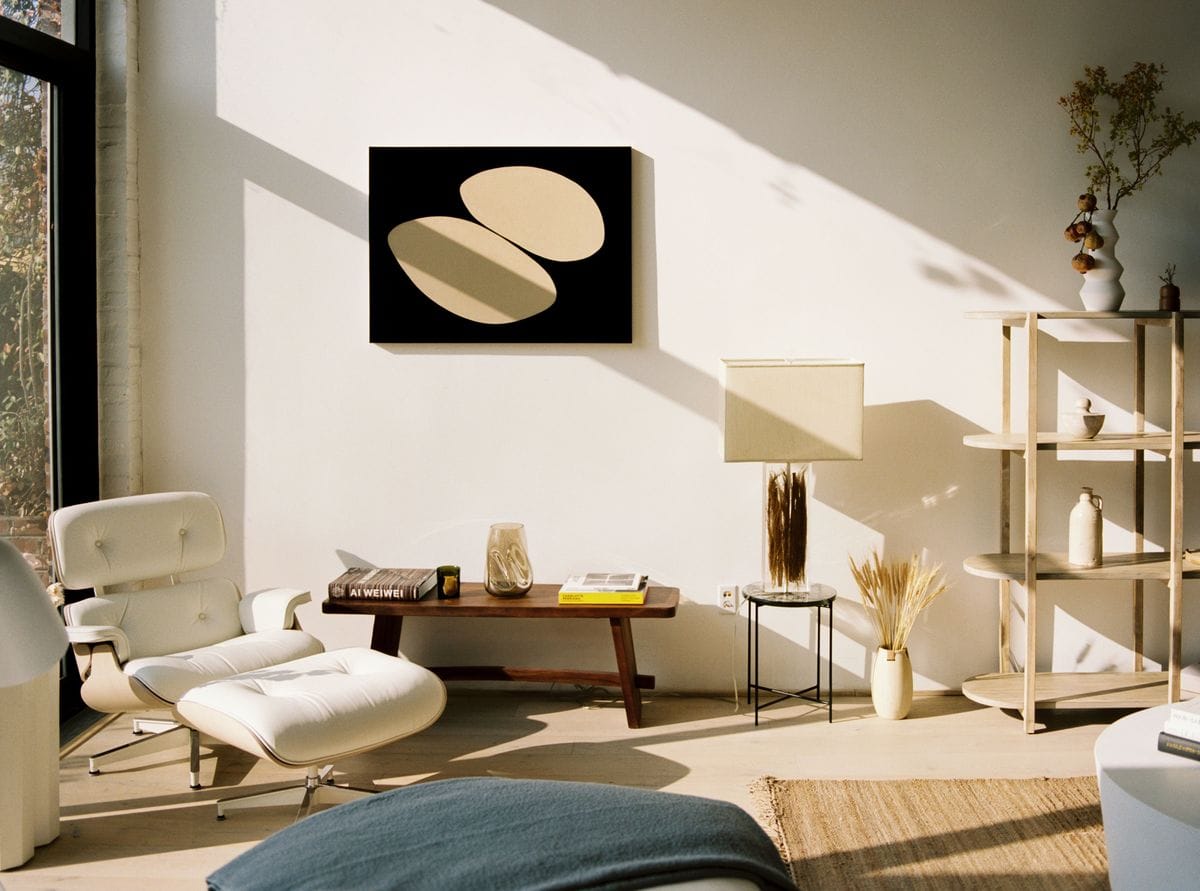
Japandi interior design isn't just about creating a visually appealing space; it's about crafting an environment that resonates with the soul of both Japanese and Scandinavian aesthetics. This design philosophy emphasizes the importance of functionality, where every item within a Japandi space serves a purpose. The fusion of these two styles results in a harmonious blend that promotes a clutter-free and serene atmosphere. By choosing furniture that combines the sleek lines of Scandinavian design with the traditional craftsmanship of Japanese decor, homeowners can create a living space that is both practical and beautiful.
In a true Japandi interior, there's a focus on selecting a few pieces that are not only functional but also carry a story or an artistic value. This could be a handcrafted dark wood coffee table that anchors the living room or a bespoke shelving unit that displays a curated collection of objects. Each item is chosen with intention, ensuring that the space remains minimal yet full of character. The architecture of the room itself plays a significant role, with clean lines and an open floor plan that encourages flow and ease of movement, making it a great addition to the modern home.
Embracing Imperfection: The Japanese Wabi-Sabi Influence The Japanese Wabi-Sabi philosophy is a cornerstone of the Japandi aesthetic, celebrating the beauty found in imperfection and the passage of time. This concept encourages a deeper connection with our living spaces, urging us to appreciate the patina of well-loved objects and the unique quirks that make our homes truly ours. By incorporating elements that embody this philosophy, such as a hand-thrown vase with an irregular glaze or a wooden table bearing the marks of use, we infuse our living rooms with a sense of authenticity and serenity that is quintessentially Japandi.
In practice, applying Japanese Wabi-Sabi in a Japandi living room means choosing items that tell a story. It's about harmonizing with nature and accepting the transience of life, which is reflected in the choice of materials and decor. For instance, a linen sofa cover with a slightly crumpled texture or a wall hanging that has been passed down through generations can serve as daily reminders of this mindful approach to living. These elements not only create a visual impact but also contribute to the overall atmosphere of peace and tranquility that defines the Japandi style.
The Japandi Color Palette: A Symphony of Calm When it comes to color, the Japandi living room palette is a symphony of calm, drawing from the soft, muted tones found in both Japanese and Scandinavian design traditions. This harmonious blend of hues creates an environment that is soothing to the senses, promoting relaxation and well-being. The colors are often inspired by nature, with shades of beige, soft greens, and pale blues taking center stage. These colors work together to form a neutral backdrop that allows the textures and shapes within the room to shine without overwhelming the senses.
The strategic use of color in a Japandi living room is not just about the walls or the big pieces of furniture; it extends to the smaller details as well. Accent pieces like cushions throws, and rugs can introduce subtle pops of color that add depth and interest to the space. For example, a cushion in a muted rust color can add warmth to a neutral sofa, while a pale blue throw may echo the serenity of the sky or sea. These thoughtful touches of color contribute to the cohesive and balanced feel that is the hallmark of a well-designed Japandi living room.
The Japandi Dining Room: A Place to Spend Time and Savor
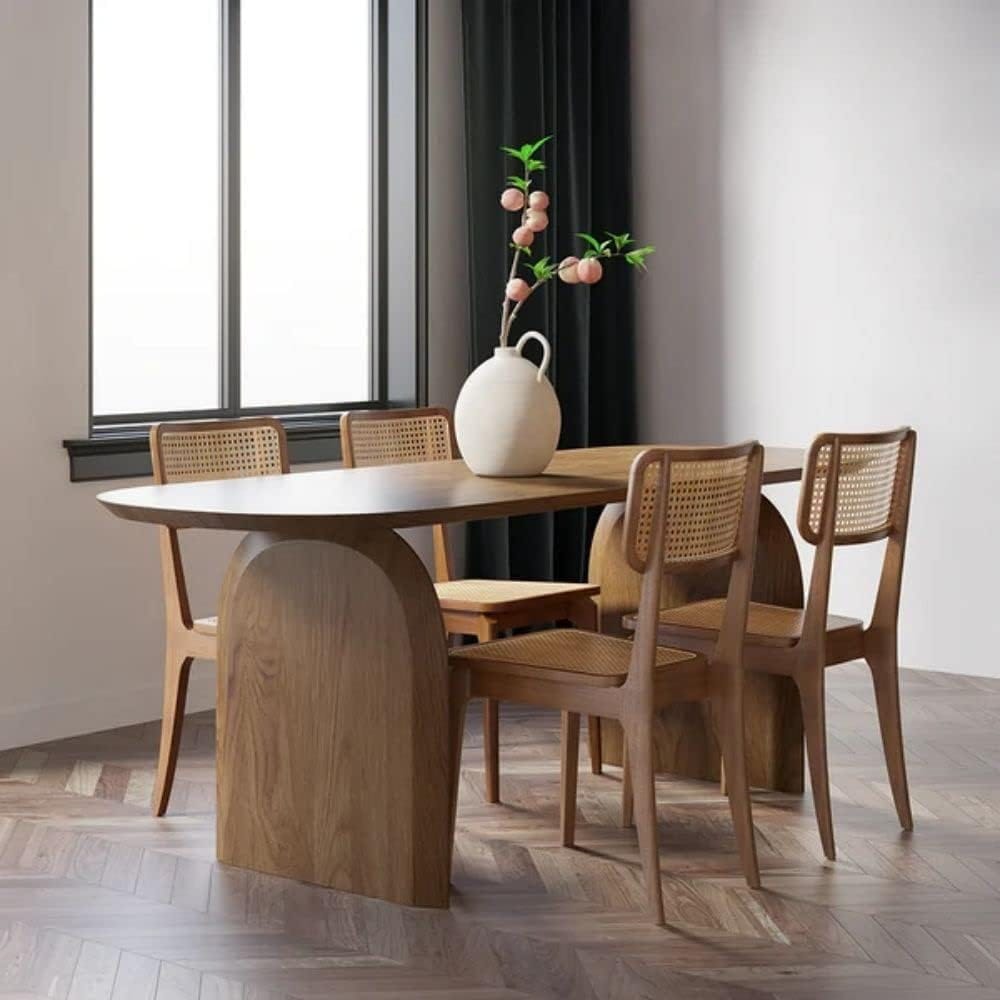
The dining room is a central hub in any home, and in a Japandi-inspired home, it's transformed into a place where one can truly spend time and savor the moment. The dining area embraces the concept of minimalism, featuring a simple yet elegant dark wood table surrounded by a few pieces of carefully chosen seating.
The chairs, often with a touch of Japanese wabi-sabi, exhibit the beauty of imperfection and natural aging, which adds depth and authenticity to the dining experience. The overall setting is designed to encourage diners to slow down and appreciate the food, company, and calmness of the surrounding space.
A great addition to the Japandi dining room is the use of natural elements that reflect both cultures. For instance, a centerpiece made of seasonal foliage or a hand-thrown ceramic vase can create a connection to nature that is central to this style. Lighting plays a crucial role as well, with pendant lamps or wall sconces that emit a soft, diffused light, enhancing the tranquil and inviting atmosphere.
By incorporating these elements, the Japandi dining room becomes more than just a place to eat; it's a sanctuary for rejuvenation and mindful interaction, perfectly embodying the essence of this unique design philosophy.
Scandinavian Comfort Meets Japanese Style
Scandinavian design is known for its focus on comfort and functionality, which pairs perfectly with the elegant simplicity of Japanese style. In a Japandi living room, furniture is not only stylish but also designed to support a comfortable lifestyle. Soft textiles, plush cushions, and cozy throws are great additions that bring Scandinavian hygge into the space.
Creating a Focal Point
Every Japandi living room needs a focal point, whether it's a piece of wall art, a bold piece of furniture, or a striking light fixture. This focal point should reflect the deep connections between the two styles and serve as a visual anchor for the room. It's important to choose a focal point that resonates with the minimalist and natural ethos of Japandi design.
The Importance of Texture
Texture plays a significant role in Japandi living rooms, adding interest and variety to the space. The juxtaposition of different textures, such as the smoothness of polished stone against the roughness of raw wood, creates a dynamic and tactile experience. Textiles like linen and wool add softness and warmth, making the living room feel more inviting.
Selecting the Right Furniture
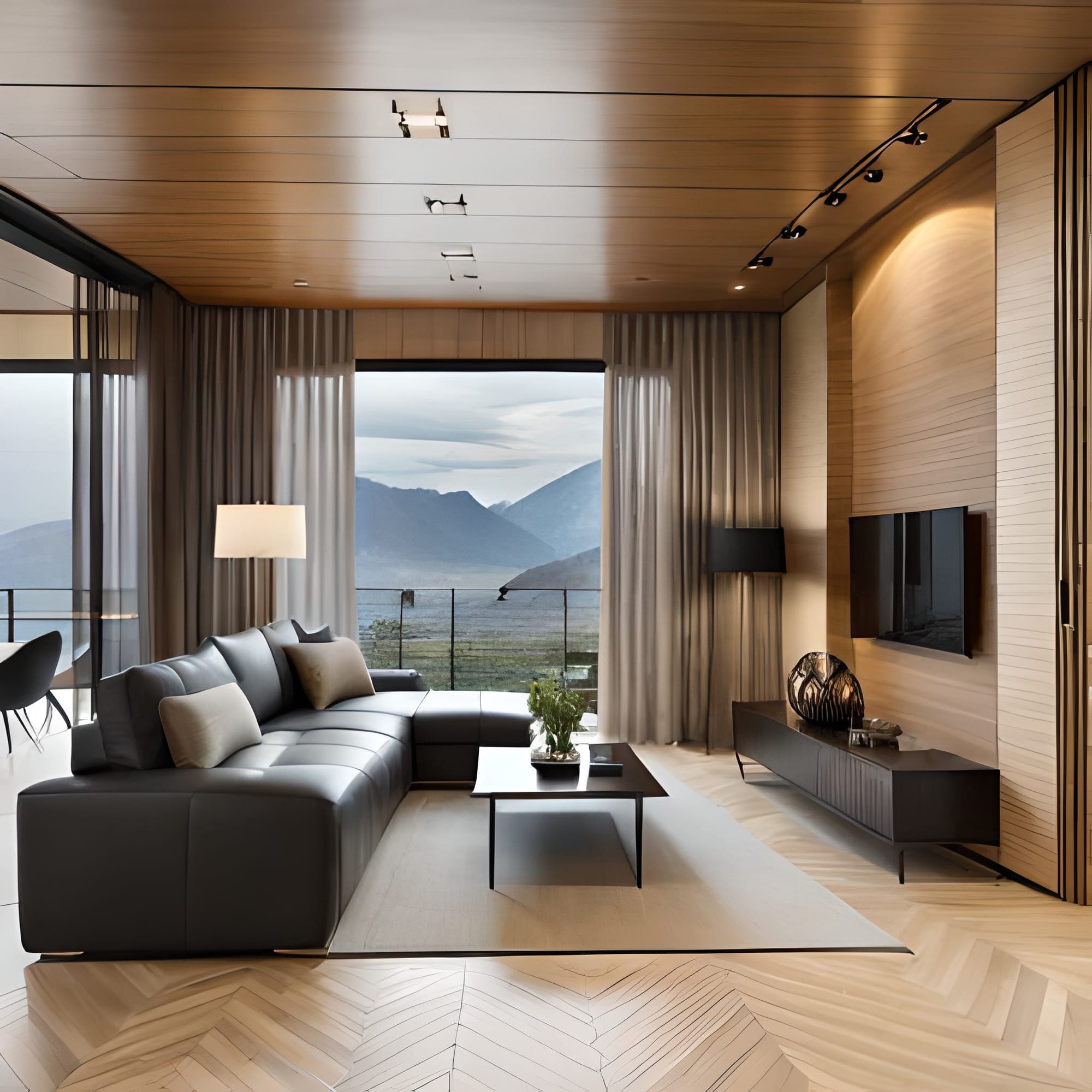
When it comes to furniture, the Japandi living room favors pieces that are both functional and beautiful. Solid wood tables, sleek chairs, and minimalist sofas are staples of this style. The furniture should be of high quality and designed to last, reflecting the Japandi appreciation for craftsmanship and durability.
Decoration with Purpose
In Japandi interiors, every decoration has a purpose and is carefully selected to enhance the overall design. Plants are a popular choice for bringing life and color into the room, while also reinforcing the connection to nature. Decorative items are often few but chosen for their ability to create a sense of harmony and balance within the space.
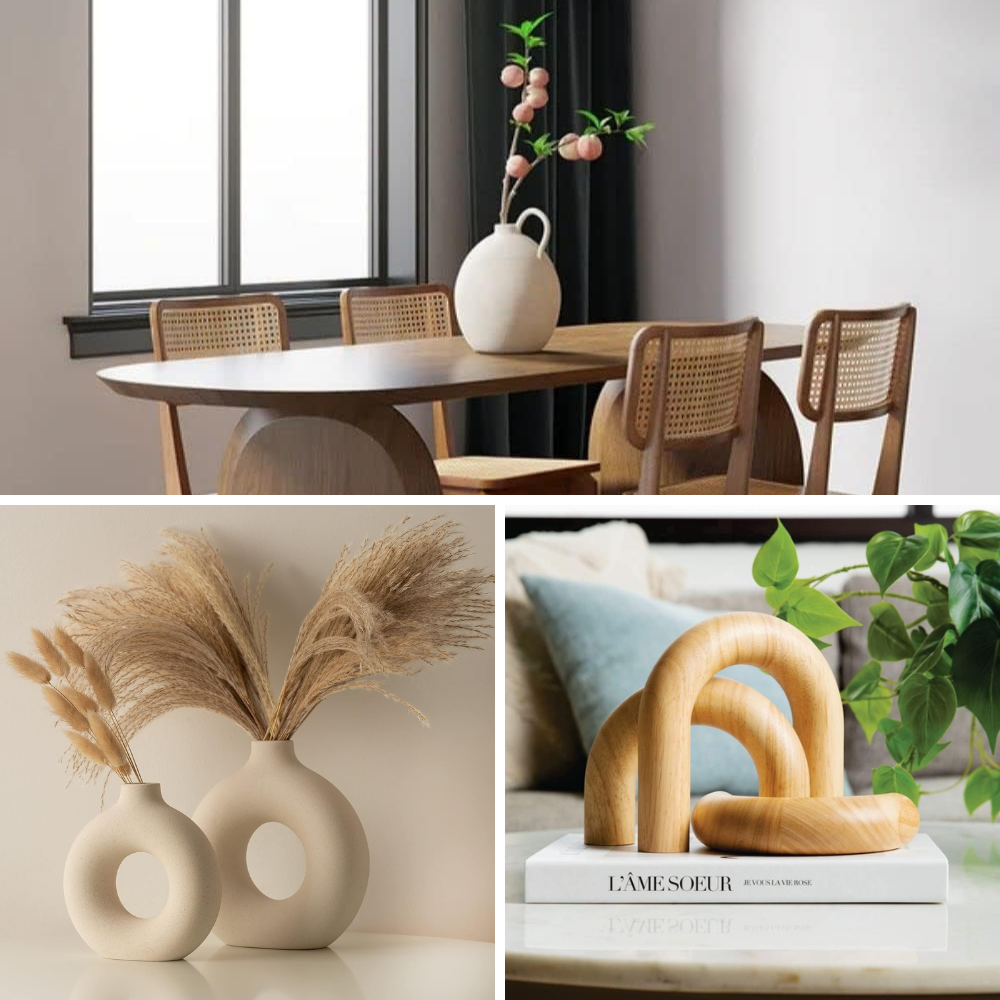

What is Japandi style?
Japandi style is a hybrid design trend that combines the minimalist elegance of Japanese interiors with the cozy, functional aspects of Scandinavian design. It emphasizes natural materials, neutral tones, clean lines, and a connection to nature.
How can I create a Japandi living room in my home?
To create a Japandi living room, focus on selecting furniture and decor that embody both Japanese and Scandinavian design principles. Opt for natural materials like wood and stone, choose neutral and earthy tones, and prioritize simplicity and functionality in your design choices. Incorporate plenty of natural light and consider adding plants to enhance the connection to nature.
What colors are typical for a Japandi living room?
Typical colors for a Japandi living room include a palette of neutral and muted colors such as whites, beiges, grays, and earthy tones. These colors help to create a calm and serene atmosphere that is characteristic of the Japandi aesthetic.

The Japandi living room is a testament to the beauty that arises when Japanese minimalism meets Scandinavian functionality. It's a design style that celebrates natural materials, neutral colors, and a connection to the natural world, all while maintaining a focus on simplicity and comfort. By incorporating elements from both Japanese and Scandinavian design, Japandi living rooms offer a tranquil and inviting space that is both modern and timeless.
